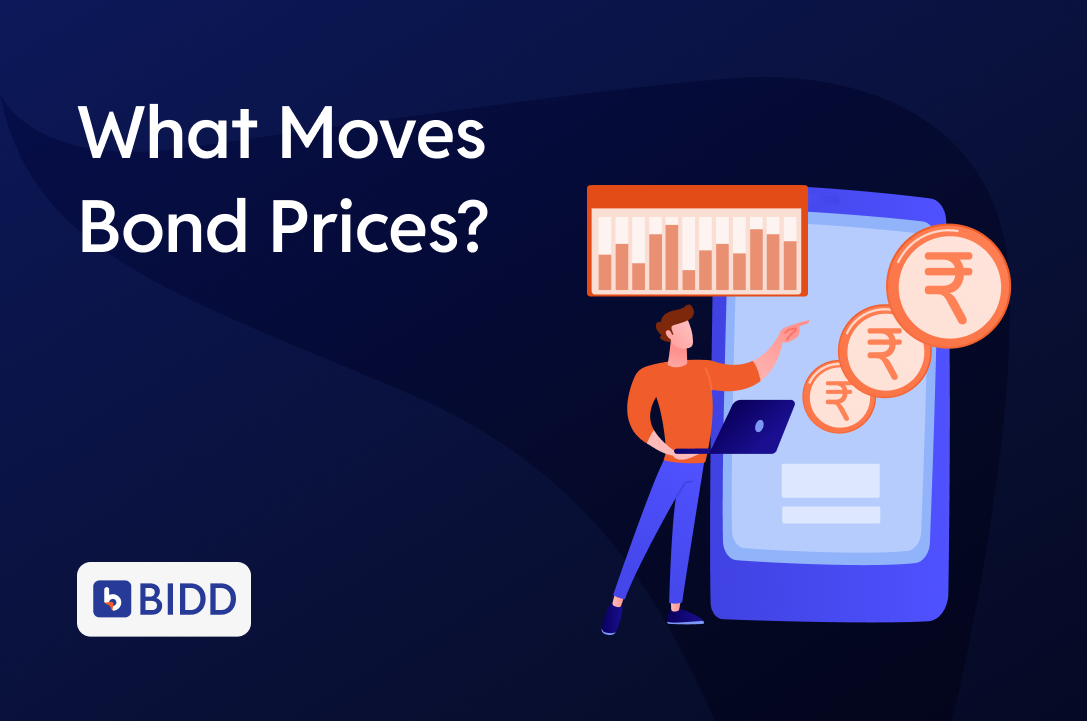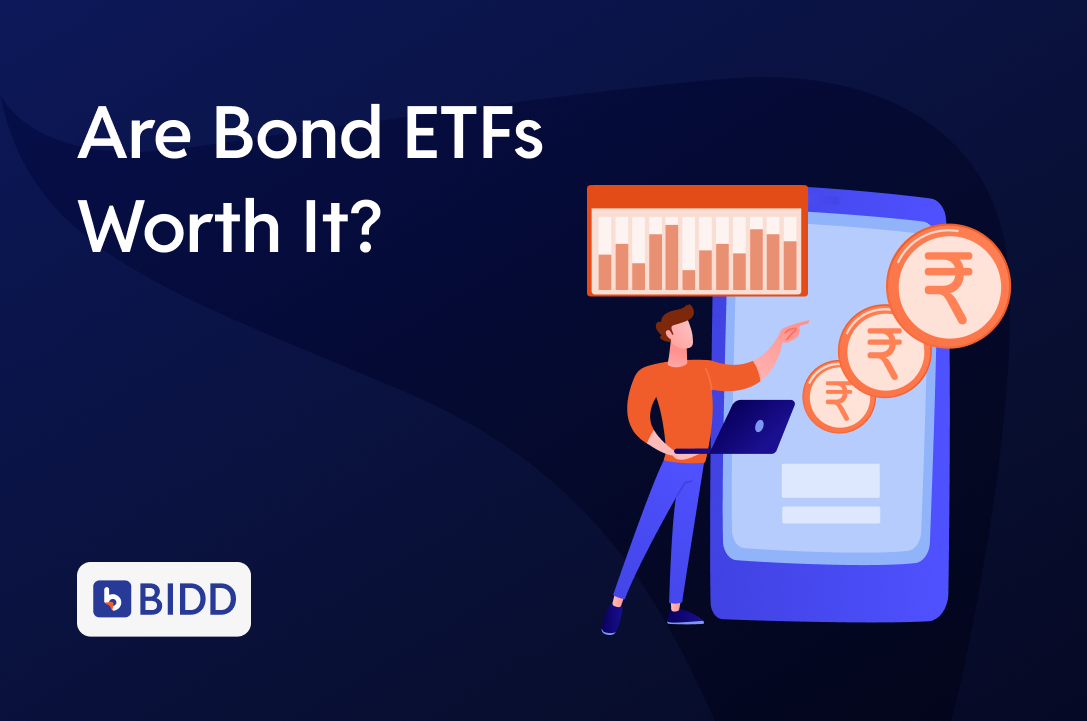A Quick Scenario
You purchased a bond six months ago offering 9% interest.
It seemed like a good deal.
But now, its market value has declined — even though interest rates have barely moved.
So what’s happening?
Let’s break it down.
First, the Basics
Bond Price = What buyers are currently willing to pay for your bond.
And yes, this price fluctuates — not as sharply as stocks, but it does move.
Why? Because bonds, like any market instrument, are influenced by multiple factors — not just interest rates.
The Primary Factor: Interest Rates
This one’s foundational. Here’s how it works:
Why?
If you’re holding a bond offering 8%, and new bonds in the market offer 10%, your bond becomes less attractive — unless sold at a discount.
The reverse is also true.
But that’s just one part of the equation.
1. Credit Ratings: Can the Issuer Be Trusted?
Every bond is backed by an entity — a government, a corporation, an NBFC.
Market participants constantly assess the question:
Will the issuer meet its obligations?
- A downgrade in credit rating (e.g., from AA to BBB) increases perceived risk → price falls.
- An upgrade builds confidence → price often rises.
Even if the issuer hasn’t defaulted, perception alone can move prices.
2. Inflation: The Silent Eroder
Inflation reduces your real return.
If your bond pays 9% and inflation is 8%, your real return is just 1%.
If inflation spikes to 10%, the bond becomes less attractive — and price can decline accordingly.
3. Time to Maturity: The Countdown Effect
The closer a bond is to maturity, the less it reacts to interest rate changes.
- Longer maturity = greater sensitivity
- Shorter maturity = greater stability
This “duration” effect means that younger bonds are more exposed to market volatility.
4. Demand & Supply: Market Dynamics
Sometimes, price movements are driven purely by buying or selling activity.
- A large institutional sell-off can push prices down — even for high-quality bonds.
- Conversely, increased demand (e.g., post-RBI policy easing) can boost prices of high-rated or PSU-backed bonds.
Market sentiment matters.
5. Liquidity: Can You Exit Easily?
Liquidity refers to how easily you can sell a bond without impacting its price.
- Highly liquid bonds tend to trade close to fair value.
- Illiquid ones might stay undervalued — or force you to sell at a discount.
This is especially important if you’re considering an early exit.
Real-Life Example
Bond A
- Coupon: 8.5%
- AAA-rated PSU
- Listed
- 5 years to maturity
- Market backdrop: rising inflation and RBI rate hikes
Expected outcome: slight price dip due to new bonds offering better rates.
Bond B
- Coupon: 10%
- BB-rated private issuer
- News of financial instability
Expected outcome: sharp price drop due to fear, despite high coupon.
What Really Moves Bond Prices?
| Factor | Impact on Price |
| Rising interest rates | Price declines |
| Falling interest rates | Price rises |
| Credit downgrade | Price declines |
| Credit upgrade | Price rises |
| Higher inflation | Price declines |
| Low liquidity | Price remains depressed |
| Increased demand | Price rises |
| Negative sentiment/news | Price declines |
Why Should You Care?
You might be thinking:
“I plan to hold the bond till maturity — why worry about the price?”
Here’s why:
- You may need to exit early
- You may want to reinvest at better rates
- You may want to take advantage of a capital gain
- Or face an unexpected liquidity need
Understanding price drivers helps you stay in control — and make smarter decisions.
Final Thoughts
bonds may not have the drama of equities, but their price movements are real — and driven by many forces beyond just interest rates.
Before investing, ask:
- What if interest rates rise?
- How strong is the issuer?
- Is this bond actively traded?
- Can I sell it if needed — at a fair price?
In the bond market, smart investing isn’t only about interest earned —
It’s about knowing when, why, and how price moves can affect your total returns.
Be informed. Be prepared. Be strategic.
Disclaimer: This blog is intended solely for educational and informational purposes. It should not be construed as investment advice, a recommendation, or an offer to buy or sell any financial products. Please consult a registered financial advisor before making any investment decisions.




